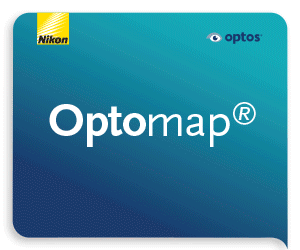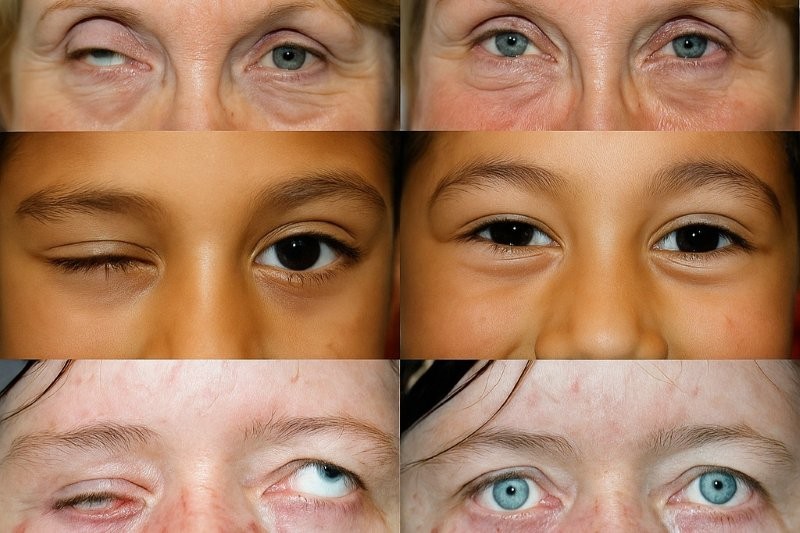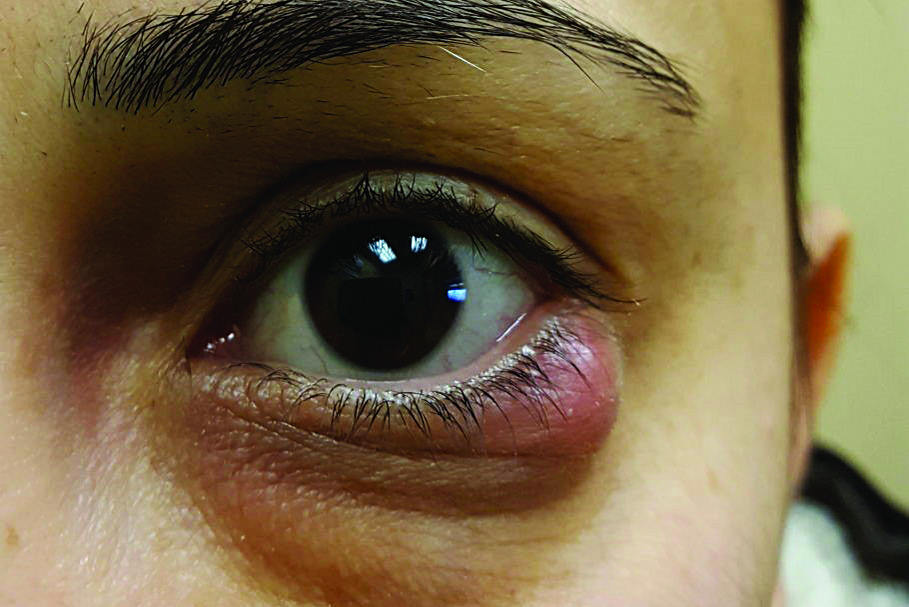Vitreoretinal research review November 2025
Natural history and surgical outcomes of lamellar macular holes
Chehaibou I, Tadayoni R, Hubschman JP, Bottoni F, Caputo G, Chang S, Dell’Omo R, Figueroa MS, Gaudric A, Haritoglou C, Kadonosono K
Ophthalmology Retina. 2024 Mar 1;8(3):210-22
Review: Lamellar macular hole (LMH) is a partial-thickness defect of the fovea with an irregular contour, often associated with non-contractile epiretinal proliferation (ERP). Most cases remain stable and can be managed conservatively, but some may progress to outer retinal layer disruption or full-thickness macular hole (FTMH). Surgery may improve outcomes, but the ideal timing and approach are still debated. This study examined the natural history and outcomes of LMHs in two matched groups of 89 patients each: one managed conservatively (observation group) and the other surgically (surgery group).
Patients in the observation group presented with relatively good visual acuity (VA, median 6/9), which remained largely stable over time. Only 14 eyes (15.7%) experienced a decline of more than 0.2 logMAR in VA and 28% developed disruption of the ellipsoid zone (EZ) on OCT. Progressive visual loss was significantly associated with disruption of EZ. Notably, 10% of eyes progressed to a FTMH, although no specific baseline features predicted this progression.
The surgical group had worse initial VA (median 6/18), which improved significantly to 6/12 at six months postoperatively. Better visual outcomes were linked to the presence of an epiretinal membrane and the performance of internal limiting membrane peeling. Postoperative FTMH developed in 9% of eyes, typically within two months. Pseudophakia at baseline and ILM peeling were protective against FTMH development, whereas baseline EZ disruption was associated with an increased risk.
Comment: LMH is a distinct vitreoretinal condition often managed conservatively in patients with good vision. However, a subset may progress to an FTMH. Surgery is typically reserved for patients with worse vision and may lead to visual improvement. Interestingly, a similar risk of FTMH has been observed in surgical cases, which was potentially dependent on the surgical approach used.
Impact of glucagon‐like peptide‐1 receptor agonists on diabetic retinopathy: A meta‐analysis of clinical studies emphasising retinal changes as a primary outcome
Kapoor I, Sarvepalli SM, D'Alessio DA, Hadziahmetovic M
Clinical & Experimental Ophthalmology. 2025 Jan;53(1):67-75
Review: Glucagon-like peptide-1 receptor agonists (GLP-1 RAs) have gained significant traction over the past decade as effective therapeutic agents for the management of type 2 diabetes mellitus. These agents have demonstrated efficacy in lowering glycated haemoglobin (HbA1c) levels and facilitating weight loss. Of the seven FDA-approved agents, dulaglutide (Trulicity) and liraglutide (Victoza) are currently available for use in Aotearoa. However, their association with diabetic retinopathy (DR) remains unclear.
This systematic meta-analysis of randomised controlled trials aimed to elucidate the relationship between GLP-1 RA use and DR outcomes. The analysis included data from 242,537 participants across seven studies, comparing GLP-1 RAs with placebo, insulin and oral antidiabetic drugs (OADs).
The findings indicated GLP-1 RA use was not associated with an increased risk of developing new-onset DR. Compared with insulin therapy, use of GLP-1 RAs was associated with a reduced risk of new-onset DR, whereas no significant difference was observed when compared to OADs. Among patients with pre-existing DR, GLP-1 RA use was not associated with an overall increase in diabetic complications. However, there was an observed increased risk of DR progression and its complications when use of GLP-1 RAs was compared with OADs, though not when compared to insulin.
Comment: The ocular effects of GLP-1 RAs continue to be an important area of clinical and scientific interest. This meta-analysis suggests GLP-1 RAs are not significantly associated with the development of new-onset DR. The observed progression of DR in comparisons with OADs – but not insulin – may be attributed to the rapid improvement in glycaemic control associated with GLP-1 RAs, a phenomenon similarly observed with insulin therapy. Nonetheless, further longitudinal studies are warranted to better elucidate the long-term ocular safety profile of these agents.
The Davio 2 trial: a phase 2, randomised, double-masked, controlled multicentre study of EYP-1901 vs aflibercept in previously treated wet age-related macular degeneration
Eichenbaum DA, Hershberger V, Patel SS, Abbey AM, Bridges WZ, Khanani AM, Ruggiero S, Roy M, Duker JS, Paggiarino DA
Investigative Ophthalmology & Visual Science. 2024 Jun 17;65(7):4401
Review: The high treatment burden of frequent anti-VEGF injections for age-related macular degeneration (AMD) remains a significant challenge for both patients and the healthcare system. New therapeutic approaches are being explored to reduce this burden while maintaining disease control.
The Davio 2 trial is a phase 2, multicentre, randomised, double-masked study comparing a single intravitreal injection of EYP-1901 with standard-of-care aflibercept, administered every eight weeks, in patients with previously treated wet AMD. EYP-1901 is a sustained-release pan-VEGF receptor inhibitor delivered via Durasert technology.
At six months, VA remained stable across all groups. Approximately 65% of eyes treated with EYP-1901 remained injection-free, resulting in an up to 89% reduction in treatment burden. The mean difference in central subfield thickness (CST) compared to aflibercept was less than 10µm at week 32. EYP-1901 demonstrated a favourable safety profile, with no drug-related serious ocular or systemic adverse events.
Comment: EYP-1901 offers a promising new therapy that may sustain disease control for several months while significantly reducing the treatment burden for patients and the healthcare system. Based on its encouraging safety and efficacy data, a 56-week extension study is underway. Additionally, a phase 2 trial of EYP-1901 is in progress for non-proliferative DR.

Dr Moaz Alshaikhi is a New Zealand-trained ophthalmologist and current senior vitreoretinal fellow at the University of Ottawa, Canada.
























